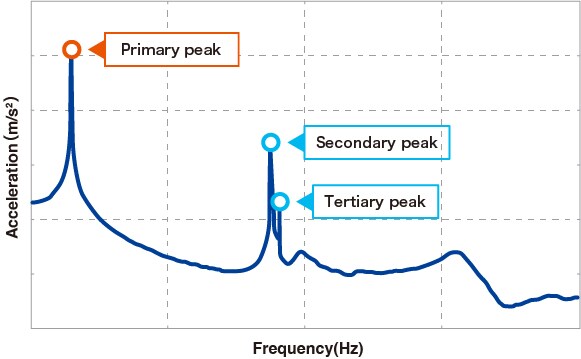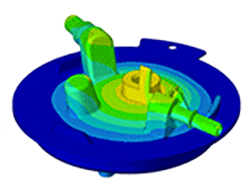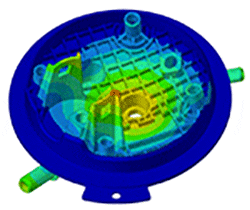- HOME
- Technical Information
- CAE Analysis, Analysis and Processing Technologies
- CAE Analysis Technologies
- Structural Analysis
Structural Analysis
Toray conducts structural analysis based on performance testing and the market utilization of resin parts to provide design solutions, such as proposing certain materials and shapes.
Structural analysis can also be performed using anisotropic properties based on the orientation of reinforcement fibers from injection molding analysis.
Ⅰ. Strength Analysis
Resin parts are subjected to various forces during use.
Strength analysis visualizes deformations, stresses and strains, so we can suggest material or shape improvements based on the factors observed.
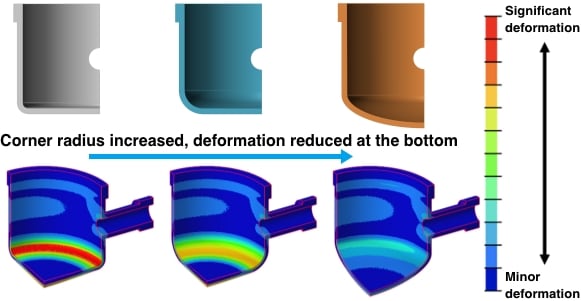
Strength Analysis
Ⅱ. Creep Analysis
Creep deformation is a type of deformation caused when a comparatively weak force is applied over a period of time, and does not recover when the force is removed. Creep deformation is more noticeable in resin materials than in metals.
For example, the force exerted by packing may deform resin, preventing it from maintaining a seal.
Creep analysis helps to understand these problems so that shapes and materials can be improved.

Creep Analysis
Ⅲ. Impact Analysis
Resin is increasingly being used in parts that absorb the impact of vehicle crashes.
Toray provide accurate analysis results through its unique impact analysis technology, supporting structural design.
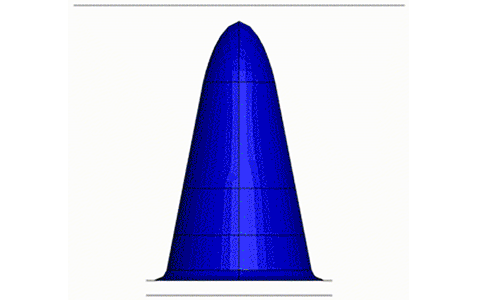
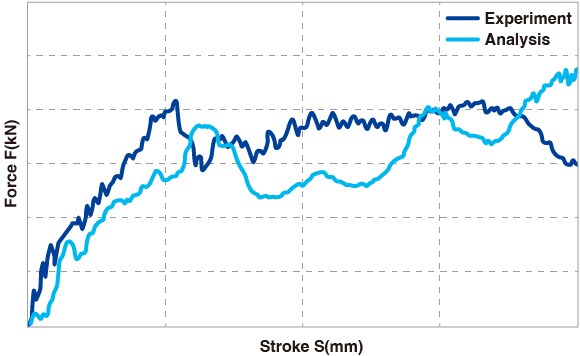
Ⅳ. Vibration Analysis
Vibrations increase when an external force that matches the resonance frequency determined by the material or shape of an object is repeatedly applied. This is known as resonance and should be avoided, as it can cause damage to parts.
We use vibration analysis to determine resonant frequency, as well as stress and acceleration during vibration, in order to suggest solutions to vibration problems.
